Get posts by email
Homeschooling through High School, blog organization, and designing a life
October 23, 2016
For the past couple weeks I've been trying to get back into the head and heart space to return to a series I had started nearly two years ago on homeschooling through high school.
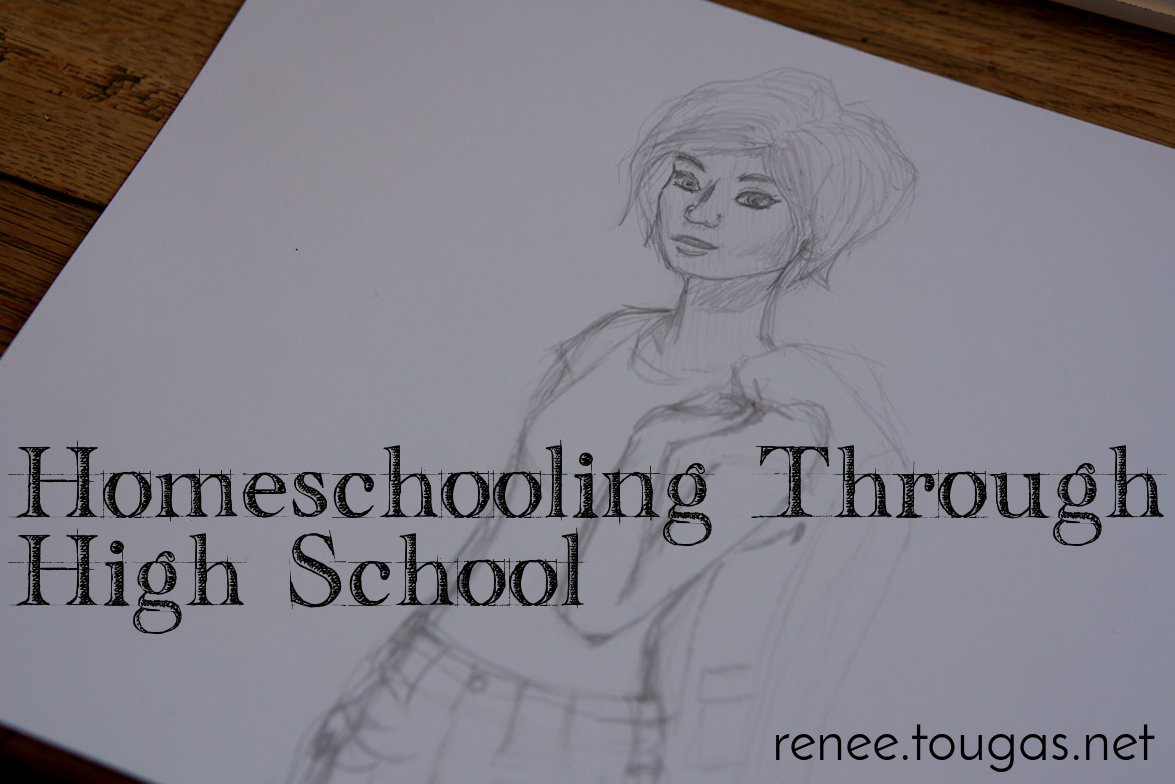
The work of homeschooling through high school is my main job right now. And of course when I say this to the uninitiated, they imagine me to be all manner of things that I am not: a high school biology teacher, English teacher, history teacher, etc... I have to explain to people, over and over again (I meet a lot of new people, which is a blessing since I love encounters with new people), I don't teach the high school subjects to my kids. In fact, I've "taught" very few subjects over the last twelve years of homeschooling.
I manage our home for learning and loving. I gather resources. I facilitate. I research ideas. I make connections. I do my best to answer many, many questions and to point my kids in the direction of the answers I'm unable to provide. But the actual teaching of lessons is not something I have done very much of in our homeschool. Nor do I lesson plan, or grade papers. I don't give assignments. It's not my style, or my strength, or my interest. If lessons are necessary I usually outsource that, to the myriad of resources readily available to homeschoolers or I search and source from obscure and not-so-obvious options.
After years of modeling this self-directed method of learning - do you want to know something? want to learn something? well, I'm certain a resource exists out there for you to learn from, a person, a course, an experience, let's find it - our scholar students do this on their own. They find resources and learning opportunities to support their goals. It's a rewarding process.
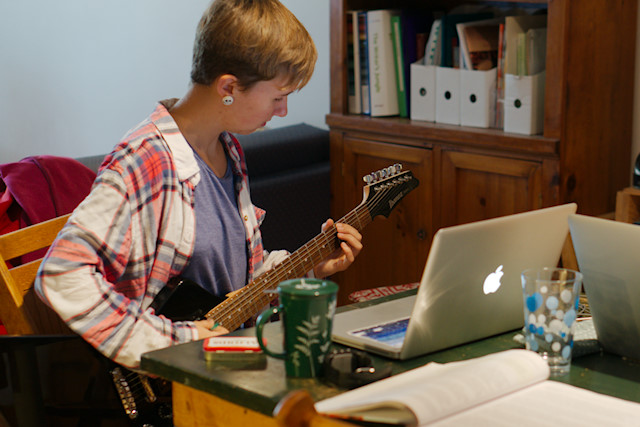
But that's actually not what I'm attempting to write through today. I want to talk about the high school blog series.
I started that series eighteen months ago. We lived on the Gaspe Peninsula. Celine was fifteen, grade 10 age. And looking back, Laurent was just about to start his transition to high school, or what we call, the scholar years.
I had envisioned writing that series as a string of posts about our experience with Celine's high school thus far. I wanted to share what it looked like have an interest-driven, love of learning, freedom mindset as we homeschooled through high school. I had a bunch of posts written in draft form and I thought I could finish them up and spit them out in a reasonable time frame. But I couldn't follow through on my plans. I was struggling with my anxiety, we moved to Montreal, and I was learning things about myself and my marriage, and I had to live and write my way through those experiences first.

And in the midst of all that our homeschool went through a big change also. We became members of a homeschool co-op, for the first time in our homeschooling experience. A most needed and necessary change for our children (that's why we moved to Montreal, to have these kind of experiences), and as it turns out, a beneficial change for me also.
Though our participation in a co-op extends me in ways that are sometimes uncomfortable (following someone else's schedule, the commute, the iron sharpening iron effect of a whole bunch of homeschool moms working together) the benefits of belonging to a homeschooling community at this stage of our journey outweigh the sacrifices required to make it happen. The sometimes difficult truth is that the sacrifices I make are part of the growth I need to go through at this stage of my life.
It takes effort, like all worthwhile endeavors, but the co-op is such a good thing for our family, for me, for our kids. The friendships, the academic opportunities, the drama production, the mentoring of my teenaged children by other adults with a similar worldview but a different way of doing things, all of which is to say, belonging to a village, has been transformational in our homeschool experience. Now that we are here and belong to this group, I can't imagine doing it any other way at this stage. I feel belonging to the co-op, which includes a substantial amount (in homeschool numbers) of high school aged kids, is a big part of what is making homeschooling through high school possible for us, especially when it comes to our youngest, who is not yet in high school, but is the most social of our kids and the most inclined to want to "go to school", if only for the social opportunities available there.
And so here I am, nearly at the end of Celine's high school years, she'll graduate next spring, shepherding Laurent through his own high school path, and anticipating what the baby's high school years will look like and thinking it is high time to get back to that series.
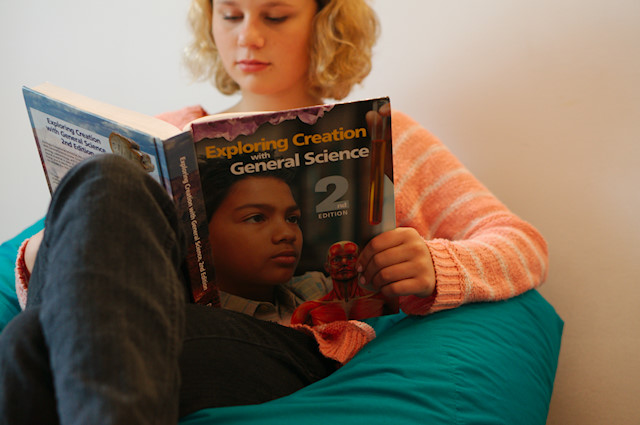
But it's been hard to pick it back up, as is, when so much has changed in the last couple years. I've been stumped for a while about what to do with this and feeling rather blocked. And then it came to me that I need to change the structure I originally set-up and move forward with what is, not with what was. I need to change the design.
I'm restructuring The Homeschooling through High School series from a Series to a Library.
Organizing is one of my loves. It is my happy place. It's my flow state. Which means I like to organize the heck out of my blog. The upgrade and re-launch of my blog will feature better organizing tools for me, because organizing my writing is really important to me.
The new blog (which will be a better and renamed version of my current blog) will organize posts several ways.
Every post will belong to categories, the more the merrier. Well not really, but almost. I used to feel I had to limit these and I found that restrictive for many years. And then, I was like, "this is my own damn blog, why am I limiting myself in my own space!?" So I've been adding categories here, there, everywhere. It makes me happy. But those aren't necessarily extremely useful for other people. And I want what I write here and how people find that information to be accessible, practical, and useful. And so I've created two other ways of categorizing posts - Series and Resource Libraries.
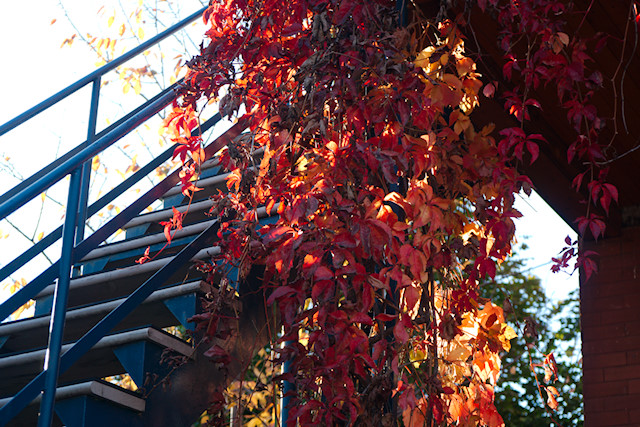
Series already exist on my blog, but not as their own tag. In their current form, series are awkward to navigate and organize. That will change.
Libraries also exist on the blog right now as "Resources". These are getting a facelift and the path to find them will be obvious. Clarity, ease of use, accessible information - all of this is really important to me. And it's coming soon. I'm so excited.
Back to the Homeschooling through High School Series. It's no longer a series. It's a Resource/Library. Currently you can find it here.
Now, instead of feeling stuck with the structure I originally created, which was linear, I can write these posts in a more organic open-ended way, jumping around from Celine in her final year, to Laurent in his first year, and soon to Brienne's transition and start of high school. Gulp. I can share the stories and philosophy of our high school experience, without worrying about where it fits into a series.
In reality, most of you probably never even notice all this organization, and may have no idea what I'm talking about. Posts appear, you read them and perhaps the fact that they are part of something bigger doesn't even register. That's ok. The structure and design matters to me and those largely unseen elements either enable and support the writing I want to do, or frustrate the process.
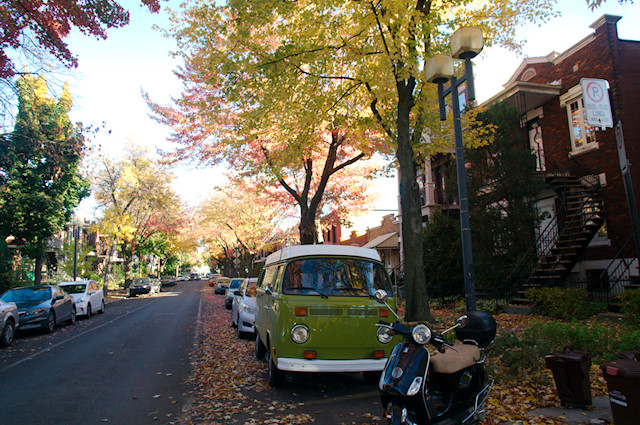
Which brings me to design. (Stay with me folks, it all ties together.)
I was listening the other night to an On Being podcast. Krista Tippett was interviewing Jimmy Wales, the founder of Wikipedia. One of the things that really caught my attention in that interview was Jimmy's assertion that the software design of Wikipedia is largely responsible for the type of culture and community that wikipedia is advancing. For example, much of the commenting software in the larger news and media culture relies on understaffed administrative oversight to moderate comments. The actual software design does not allow the community to have genuine control of their environment, as Wales says, "the software doesn't let me do anything other than yell at people". Wales also says this about Wikipedia software design,
... at Wikipedia, there's a lot of different options. So if somebody posts an inflammatory comment, because our comment pages are just Wiki pages — they're editable pages — anyone can come and delete a comment. And that happens quite often. If somebody comes and says something incredibly nasty, somebody else will just come along and just say — delete it and remark “removing personal attack.”... at most websites, the only people who can ban people are employees. So employees of the newspaper read all the comments, and if somebody's being really vile and abusive, they'll block them.
Well, in our case, that isn't done in the main by employees at the Wikimedia Foundation. It's done by the community, by trusted community members who've been elected and who are held accountable for how they do it. So it's a lot of things like that that mean that, in addition to having a culture that says we want to have goodwill, we want to achieve quality work here, we also have the tools, that we have other options other than just yelling at people.
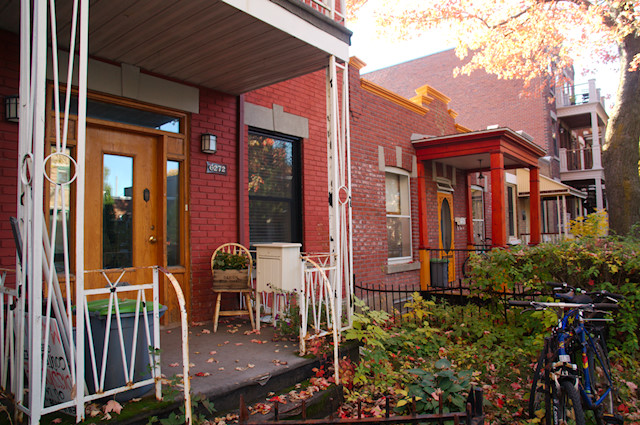
This is a matter of design; the philosophy of the organization informs the software design, the software design enables certain kinds of community participation (and excludes others), and this creates a culture. Fascinating.
The structure, the design of a thing, is largely unseen but has a lot of power to either support and help achieve your aims or it can do the opposite, frustrate your efforts, cause roadblocks.
My point here is this, design matters, the structures we set up will encourage and allow for certain types of activities, and not others. Designers know this, it's probably some kind of first principle in design school. I'm not a designer, and I've never seen myself through that lens. But we're all designers at some level. We design a life. We design our homes in simple things like how we arrange the furniture. People renovate homes to improve design, they hire architects and builders. We do all this to enable certain kinds of interactions, opportunities and relationships to exist and flourish. In this way we create a certain culture in our families and communities.
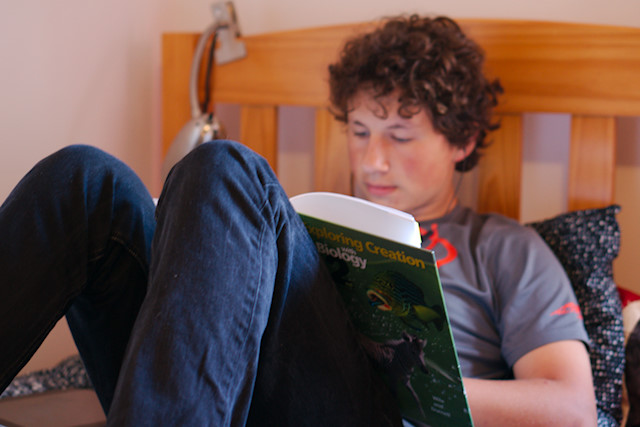
After listening to that interview, I started to have a new grid, or new language even, for what it is I do as a homeschooler, how I approach this journey of lifelong learning. I tend to think in terms of management and organization, some homeschoolers think in terms of teaching and mentoring, but another way to look at is in terms or design and architecture.
All these years I've been designing a family life, a homelife, and the structures I've created, in our actual space (how we arrange the furniture) and in time (how we schedule our days, weeks, months) have allowed for certain experiences and excluded others. (And I can't say we've always included the good or the best, and excluded the worst.)
The design, whether it's intentional or not, will allow for a certain culture and climate to flourish.
This is not about having enough money to redesign your home. I live in an apartment. I'm not renovating this space. But I do have a lot of input, a lot of influence, in the design of our family life. And I'm not talking here about family mission statements. I'm talking about the "unseen" things, the way we encourage or discourage activities, behaviors and mindsets simply by how we arrange our life in time and space.

I am fascinated and inspired by the potential and opportunity that homeschooling provides families to design the life they want to live. The exploration of this, in idea and action, fires me up.
Back to the blog for a moment. I want to have a blog whose design supports my goals for publication; which is to create an intellectual and emotionally-engaging experience for readers with thoughtful, wholehearted writing and beautiful photography. And I want the organization, structure, and technology to facilitate this experience. What's so interesting is that my aims for homeschooling aren't that much different.
To wrap up, design matters. But we don't have to be a designer by vocation to take advantage of design principles in our lives. Jimmy Wales had big vision for what he was creating at Wikipedia, and the software was one of the tools that allowed for the growth of that vision. But that growth happens incrementally and each of us is on a path with the ability to make incremental and iterative changes in our lives. (That's some software speak for you.)
To get really meta here, being open to the non-linear iterative design process is a design mindset in itself.
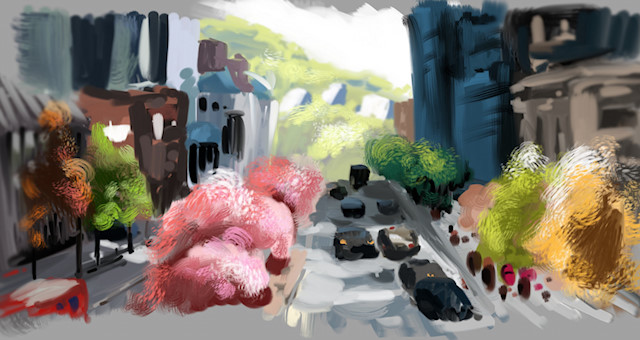
This is a digital painting of McGill College Avenue in Montreal Quebec.
This and other hardcopy copy art is available for purchase from Laurent's etsy shop.
In a lot of areas I don't do Big Vision very well (I find them scary and intimidating), but for the things closest to my heart and the areas that I have some control over: homeschooling, marriage, and mothering I definitely have Big Vision. And design in those contexts is simply a matter of asking myself, in the daily flow of my life, does this tone of speech, pace in our schedule, expenditure, curriculum choice, opportunity, etc. move me, move my family, along the path of that vision? And if not, how can I adjust, what can I tweak in my systems, schedules, and mental constructs to be more supportive of those goals?
How can I change or improve the design to create the culture I want: in my life, in my family, on my blog, in my community.
Filed Under
Resource Library
You can subscribe to comments on this article using this form.
If you have already commented on this article, you do not need to do this, as you were automatically subscribed.
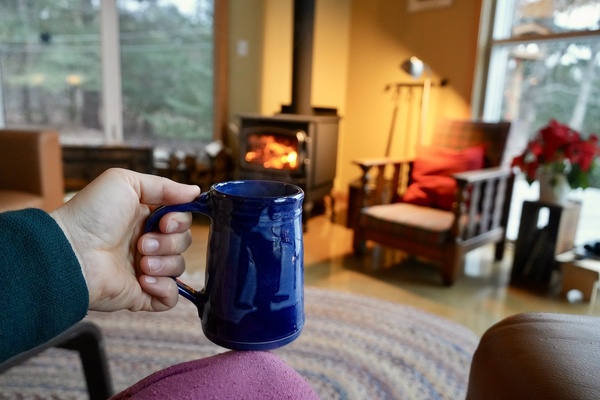
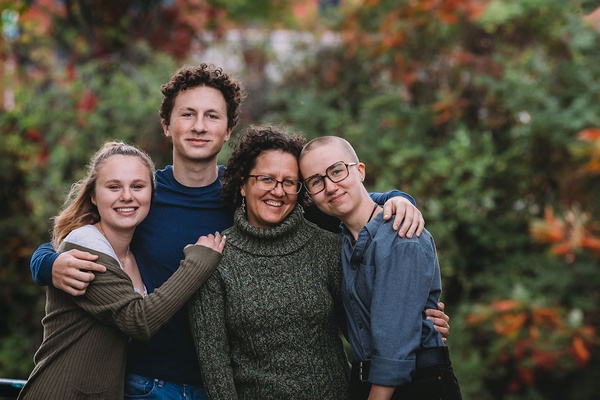
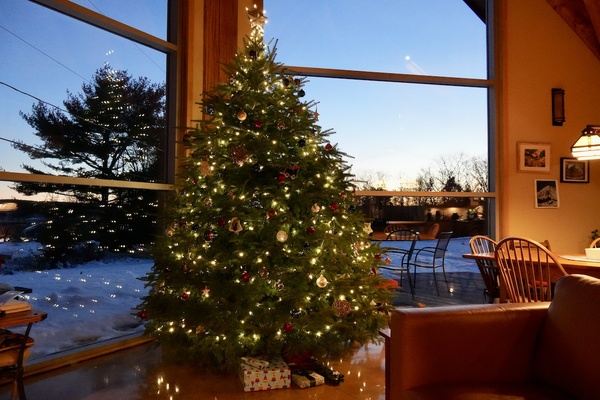
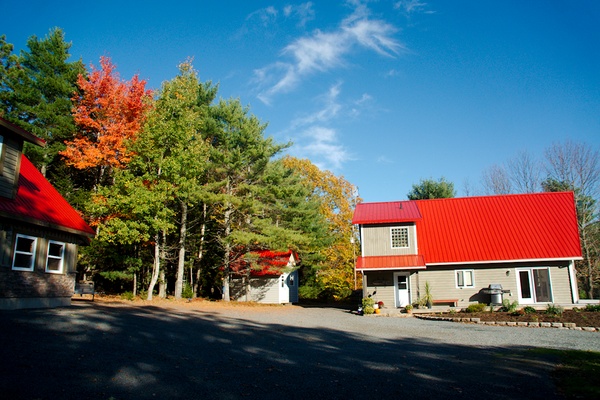

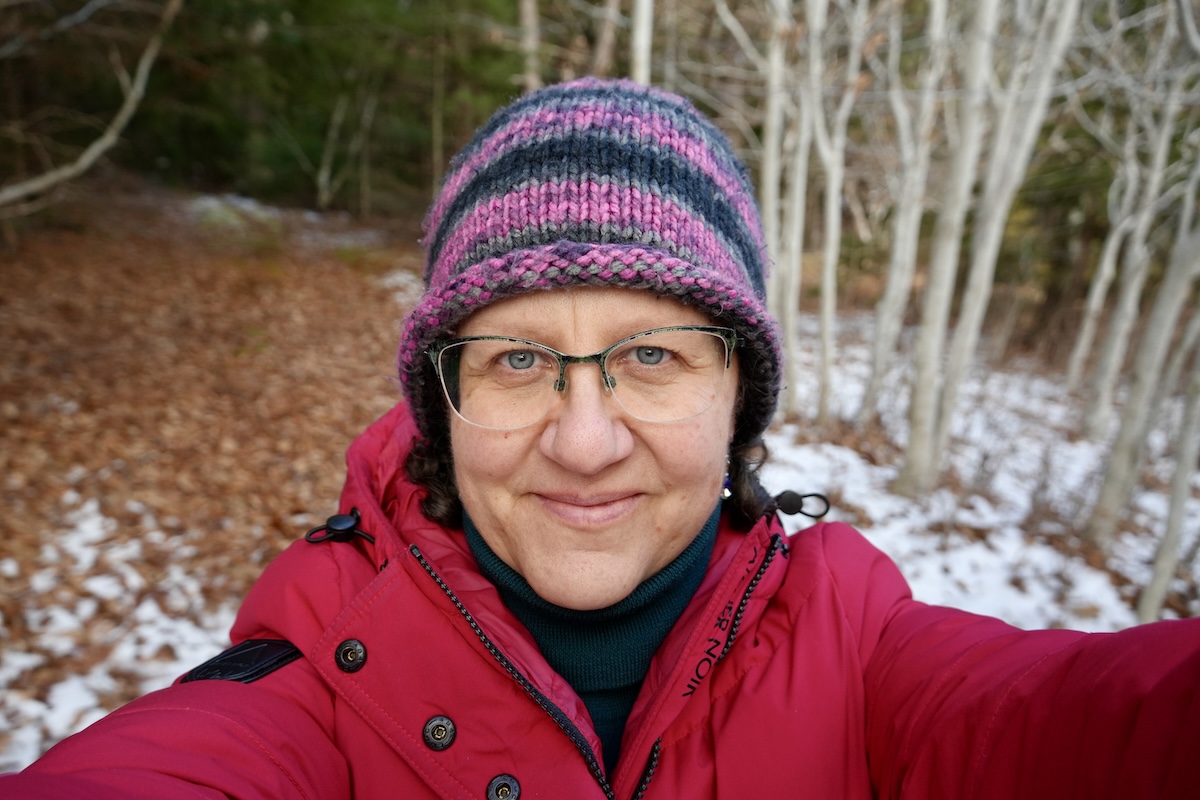
Michelle on Oct. 24, 2016, 1:28 p.m.
Wow! You sure are a thinker Renee. I wonder what it would be like to think about everything like that. I wonder how you manage all of your deep thoughts. It sounds exhausting to me but clearly it enlivens you! How very different we all are. I have three grown daughters, who I homeschooled for a time, and of course a young teen at home and I know all of these things are important and now I am thinking, perhaps I didn't/don't think about things enough. Who knows?
renee on Oct. 24, 2016, 3:11 p.m.
Michelle,
I don't think about everything to this level. Deep thinking about the things I love and care deeply about - my children, my marriage, my faith, my ideals & philosophies - enlivens me. (But I do have trouble managing all my thoughts logistically - storage, retrieval, expression - are all very practical concerns.)
However, I don't "think" (ha, ha!) this type of activity/way of being, enlivens everyone. And the practices that enliven other people would completely drain me and overwhelm me (Big Vision for example). I really don't believe that we all need to be fired by, care deeply about, pursue etc.. the same things.
I happen to think deeply about homeschool philosophy and practice. It's been one of my main passions/interests/curiosities for nearly 2 decades. But that's just me.
It's an interesting thing to ponder (and truly fascinating to me), how each of us find fulfillment, joy and meaning in different ways of looking at things and doing things; in different ways of being.